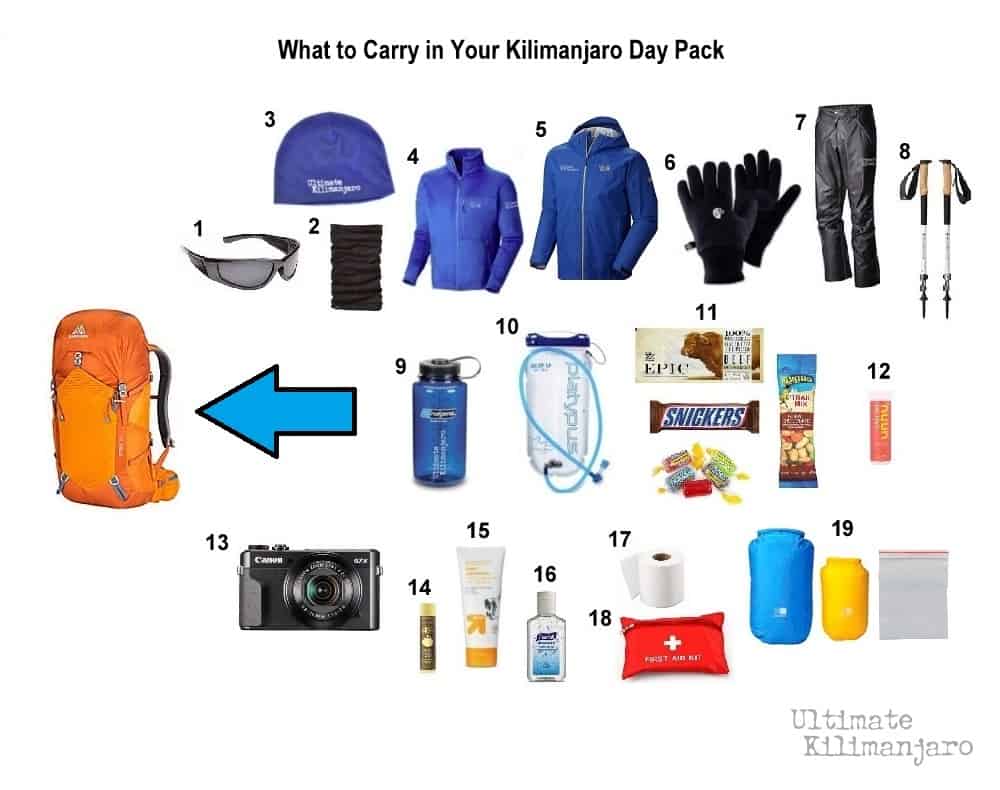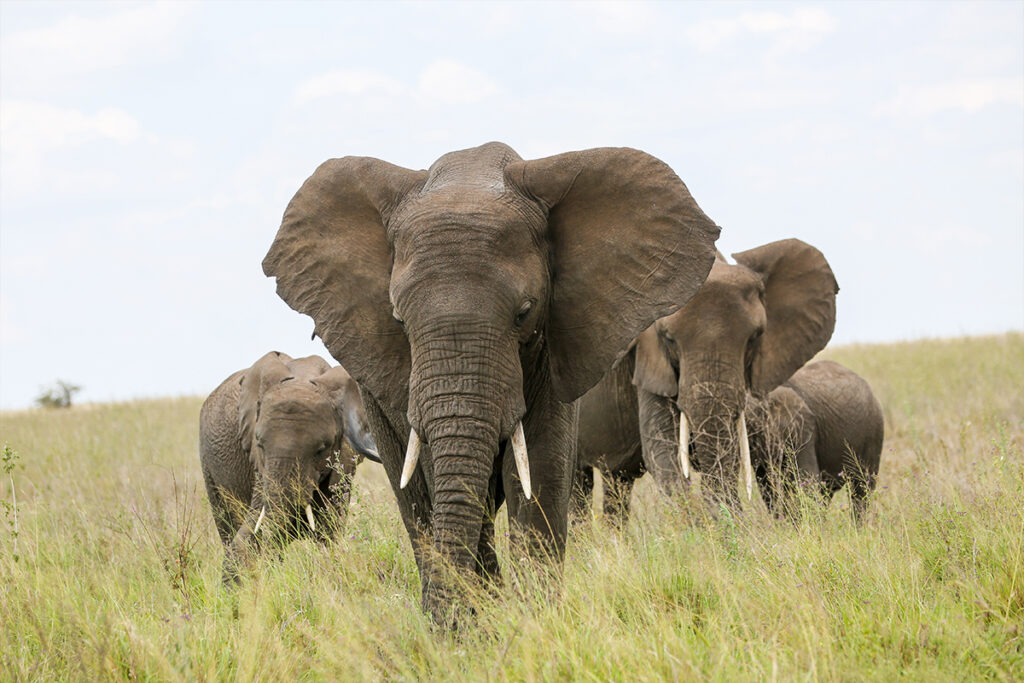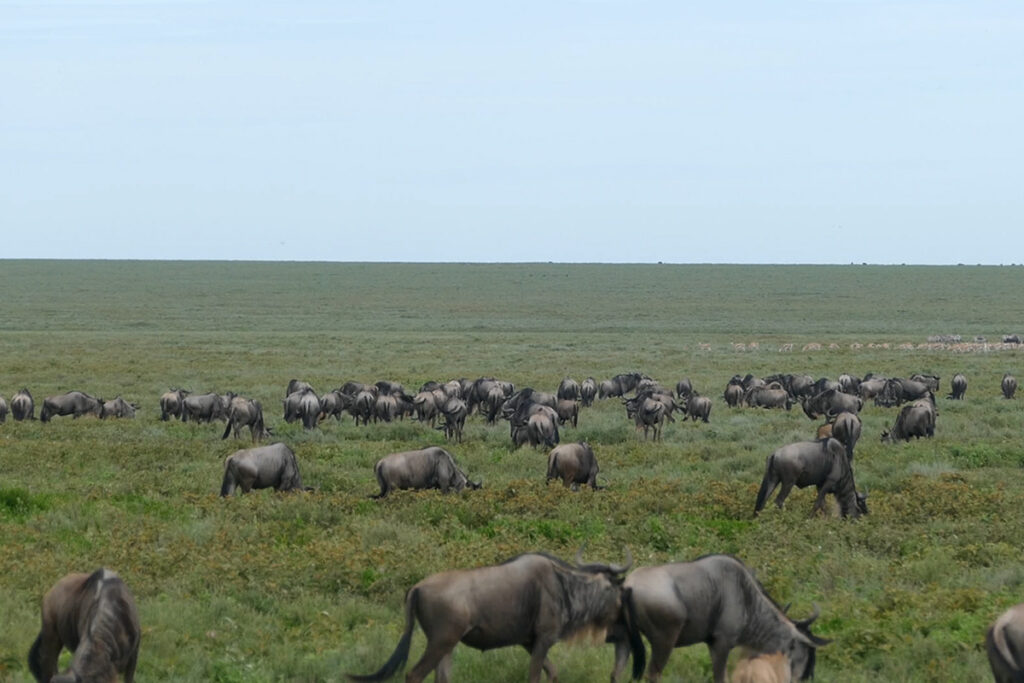Climbing Mount Kilimanjaro is often likened to journeying through four distinct climates, a unique experience that requires meticulous preparation. As you ascend from tropical jungles to arctic landscapes, having the right gear can make or break your adventure. Astonishingly, only 65% of climbers reach the summit, and packing wisely is critical to increasing your success rate.
Understanding the historical significance of Mount Kilimanjaro, the emblematic “roof of Africa,” also demands respect for its climate extremes. Thermal layers, waterproof clothing, and high-calorie snacks are non-negotiable to endure its challenging terrains. Consider that inadequate equipment may lead to early descent, cutting short the climb due to harsh conditions. With the right preparations, your journey becomes a testament to both mental and physical endurance.

Packing Tips: What to Bring for Kilimanjaro
Climbing Kilimanjaro requires careful planning and strategic packing. You will be walking through various climates, so your clothes need to be suitable for different weather conditions. Layers are crucial for adjusting to temperature changes. Bring thermal underwear, a fleece jacket, and a waterproof shell to stay comfortable. Don’t forget essentials like gloves and a warm hat to protect yourself against cold winds.
Choosing the right footwear can greatly impact your climbing experience. A sturdy pair of hiking boots is necessary for gripping the rocky terrain. Make sure they are waterproof and well broken-in to avoid blisters. Thick socks also provide extra padding and warmth for your feet. Consider packing a pair of sandals for campsite relaxation.
Beyond clothing, you must focus on packing essentials for your health and safety. A quality water bottle or hydration system is vital for staying hydrated at high altitudes. Pack sunscreen and lip balm with SPF to shield against the strong sun. A small first aid kit should include band-aids, antiseptic wipes, and altitude sickness tablets. Adding a headlamp ensures you navigate safely if darkness falls.
Bringing the right equipment can make the difference between a successful and challenging climb. Trekking poles offer extra support on steep paths. A durable backpack should comfortably hold your gear and include rain cover. Don’t forget small items like a camera to capture the memories. Lastly, a journal can be handy to jot down your daily experiences on this unforgettable journey.
Kilimanjaro Packing List
Essential Clothing Items for Kilimanjaro Climb
Tackling Mount Kilimanjaro’s diverse climate requires strategic clothing choices. The weather can change rapidly, so dressing in layers is key. Start with a moisture-wicking base layer that keeps sweat away. Follow this with an insulating mid-layer, like a fleece, to trap warmth. A windproof and waterproof outer shell is essential for battling rain and cold winds.
Footwear is just as crucial in your gear checklist. A robust pair of hiking boots will provide the grip and ankle support needed on uneven terrain. Make sure they are waterproof and worn in to reduce discomfort. Pack thick thermal socks to keep your feet warm and dry. Bring an extra pair, just in case!
Don’t overlook head protection, as your head loses heat quickly. A hat or beanie made of wool can help keep you warm in chilly temperatures. During sun exposure, a wide-brimmed hat offers shade and protection. Sunglasses with UV protection will guard your eyes against the sun’s glare. Keep a buff or neck gaiter handy for versatile coverage.
Accessorizing wisely can enhance comfort and safety on the climb. Gloves are important to shield your hands from cold and windchill. A pair of waterproof mittens can be an added backup in harsher conditions. Ensure you have a pair of comfortable clothing for relaxation at the campsites. Remember, packing smartly enhances your Kilimanjaro experience and success rate tremendously.
Navigational Aids Needed for the Trek
Navigating through Kilimanjaro’s rugged paths requires reliable tools. While a local guide will assist, personal navigational aids enhance your safety. A GPS device is highly recommended for tracking your location and route. Smartphones with offline maps can also be useful, but ensure they’re fully charged. A traditional compass and map serve as dependable backups.
Keeping track of your elevation is crucial for monitoring acclimatization. Altimeters are available as standalone devices or integrated into some watches. These help you understand your altitude gain and can alert you to potential altitude sickness risks. Combine it with a topographic map for detailed terrain features. This combination aids in better planning your daily climbs.
Weather in Kilimanjaro can be unpredictable, making weather forecasting tools vital. Portable weather stations can provide updates on conditions like wind speed and temperature. Knowing the forecast can help you prepare for sudden weather changes. Many GPS devices and smartwatches have built-in weather alert features. Being prepared helps you adjust your gear and stay safe.
Communication devices are essential for emergencies and staying connected with your group. Walkie-talkies have a strong signal range and are useful in areas with no cellular coverage. Satellite phones serve as a reliable option for remote communication. Pre-set emergency contacts can considerably shorten response times in case of incidents. Having effective communication tools ensures prompt aid and coordination.
Personal Items You Must Pack
Packing personal items for your Kilimanjaro adventure ensures comfort and preparedness. Start with hygiene essentials, vital for maintaining cleanliness at high altitudes. Toothbrush and toothpaste are must-have items, along with biodegradable soap and hand sanitizer. A quick-dry towel is compact and efficient for saving space. Wet wipes can also be handy for refreshing after a long day of trekking.
Remember to prioritize medications and first aid necessities tailored to your personal health needs. Pack a basic first aid kit with band-aids, pain relievers, and antiseptic wipes. Altitude sickness medication can be life-saving during high altitude adjustments. Prescription medicines should be sufficient to last the entire trip. Keeping them in a waterproof bag can protect your supplies from potential moisture damage.
Documentation is crucial, so ensure you have all required travel papers with you. Place your passport, visa, and insurance papers in a waterproof document holder. A small notebook with a pen can be useful for jotting down important details. Consider photocopying important documents as a precaution. Attach tags with your contact information on your bags for easier identification.
Bring along items for leisure and staying connected with your experiences. A compact camera lets you capture the stunning views and moments along the trek. Consider a lightweight journal for documenting your daily thoughts and observations. Having books or an e-reader can provide entertainment during downtime. Personal mementos such as photos from home can offer emotional comfort on challenging days.
Money and communication tools keep you connected and ready for any unforeseen circumstances. Carry enough local currency for tips or small purchases as many spots don’t accept cards. A portable charger is invaluable for keeping your devices powered throughout the journey. Lastly, having a list of emergency contacts and important numbers easily accessible is always smart planning.
Health and Safety Equipment for Kilimanjaro Expedition
Ensuring your health and safety on Kilimanjaro is crucial for an enjoyable climb. Having the right gear can prevent many common issues faced at high altitudes. First, prioritize a well-stocked first aid kit. Include essentials like antiseptic wipes, band-aids, and blister treatments. Don’t forget altitude sickness medication to address any serious symptoms quickly.
A reliable water purification system is necessary to keep you hydrated. Contaminated water can lead to sickness, so pack water purification tablets or a portable filter. Staying hydrated is essential to cope with altitude changes. Consider carrying a hydration system that allows for hands-free drinking. This encourages frequent sips and helps avoid dehydration.
Protective eyewear and sun protection gear are also vital. Sunglasses with UV protection shield your eyes from intense sunlight, especially above the clouds. Apply sunscreen liberally to protect exposed skin areas from harsh sun rays. Lip balm with SPF prevents chapped lips caused by dry winds. Always reapply as needed, particularly on sunny and windy days.
- Headlamp
- Backup batteries
- Whistle for emergencies
- Emergency blanket for warmth
Communication tools enhance safety by keeping you connected with your group. A two-way radio is useful for staying in contact if separated. Satellite phones provide reliable communication in remote areas. Always ensure these devices are fully charged and in good working order. Having a backup communication plan can be a lifesaver in emergency situations.
The Importance of Choosing the Right Gear for Kilimanjaro Trek
Selecting the right gear for your Kilimanjaro trek is critical for both safety and comfort. Each item should be chosen to cope with varying weather conditions you’ll encounter. From the heat of the lower slopes to the icy summit, preparing with suitable gear prevents many potential challenges. The right clothing layers help regulate body temperature effectively. Without proper gear, your ability to enjoy the trek diminishes drastically.
A durable and well-fitting pair of hiking boots is among the most important items. These protect your feet from the rocky and sometimes slippery trails. Ensure they provide ample ankle support and are waterproof. Breaking in your boots before the trek will help avoid unwanted blisters. Additional gear like gaiters can keep debris and moisture out, adding comfort.
Backpacks are essential for carrying your gear, so selection makes a great difference. Choose a lightweight but durable model with multiple compartments for organization. It’s beneficial to have adjustable straps for an ergonomic fit. Having a rain cover protects your belongings from unexpected showers. Packing smartly also balances weight and accessibility during your climb.
Proper sleeping gear is equally vital for a good night’s rest. A sleeping bag rated for cold climates ensures warmth at night. Pair this with a sleeping mat for added insulation and comfort. Your rest in the camps affects your energy levels for the next day. Being well-rested results in a more enjoyable trek experience.
Finally, consider technical gear vital for the summit push. Trekking poles provide additional support on challenging ascents and descents. These help reduce strain on your knees and improve balance. Some trekkers rely on microspikes for traction on icy surfaces. Proper planning and investment in the right gear increase your chances of reaching the summit successfully.
Key Takeaways
- Dressing in layers helps adapt to Kilimanjaro’s varying climates.
- Sturdy hiking boots are essential for rugged terrain navigation.
- Carrying a hydration system avoids dehydration during the climb.
- A comprehensive first aid kit ensures health and safety on the trek.
- Navigation tools assist with route and direction clarity.




